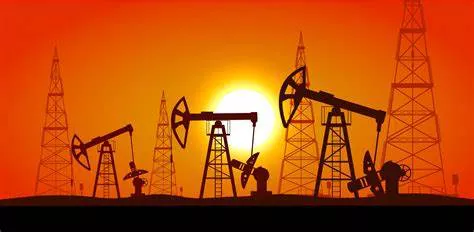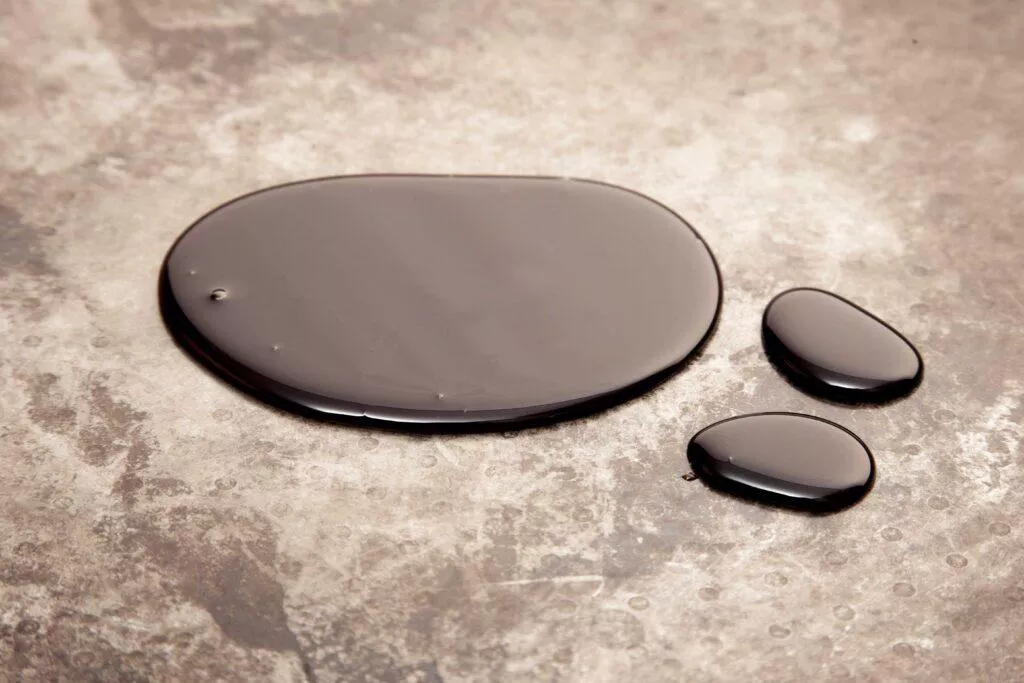Crude oil is a crucial resource in the global economy, providing fuel and raw materials for numerous industries. The refining process transforms crude oil into valuable products such as gasoline, diesel, and petrochemicals. Understanding how crude oil is refined involves examining several key stages and technologies. This article provides an in-depth look at the refining process, broken down into eight essential points.
1. Pre-treatment of Crude Oil
Dehydration and Desalting
Before crude oil can be refined, it must undergo pre-treatment to remove impurities. This step includes dehydration and desalting. Water and salts in crude oil can cause corrosion and fouling in downstream equipment, reducing efficiency and increasing maintenance costs.
Dehydration: Crude oil is typically stored in tanks where water settles at the bottom. Dehydration involves removing this water through settling, heating, or using chemical demulsifiers.
Desalting: This process removes salt and other inorganic impurities. The crude oil is mixed with water, forming an emulsion. The salt dissolves in the water, which is then separated from the oil using electrostatic coalescers or other separation techniques.
2. Distillation
Atmospheric Distillation
Atmospheric distillation is the first major refining step. It separates crude oil into various fractions based on boiling points.
Process: Crude oil is heated in a furnace to temperatures around 350-400°C (662-752°F). The heated oil then enters a distillation column, where it vaporizes and rises.
Fractionation: The column has trays or packing materials that allow vapors to condense at different heights. Lighter fractions (like gasoline) condense at the top, while heavier fractions (like diesel and lubricating oils) condense lower down.
Vacuum Distillation
Heavier fractions from atmospheric distillation still contain valuable products. These are further processed in a vacuum distillation unit.
Lower Pressure: Operating under vacuum reduces the boiling points of the heavier fractions, preventing thermal cracking.
Products: Vacuum distillation produces heavy gas oils and vacuum residuum, which are feedstocks for further processing in conversion units.
See Also: 7 Points Overview Of The Crude Oil Fractionation Process
3. Conversion Processes
Cracking
Cracking is a vital conversion process that breaks down large hydrocarbon molecules into smaller, more valuable ones.
Thermal Cracking: This process uses high temperatures to break down heavy hydrocarbons. It includes techniques like visbreaking, which reduces viscosity, and coking, which produces petroleum coke.
Catalytic Cracking: More efficient than thermal cracking, this process uses catalysts to lower the required temperature and pressure. Fluid catalytic cracking (FCC) is the most common method, producing high yields of gasoline and olefins.
Hydrocracking
Hydrocracking combines cracking with hydrogenation, converting heavier fractions into lighter products.
Catalysts and Hydrogen: Hydrocracking uses catalysts and high-pressure hydrogen to break down complex hydrocarbons. It produces high-quality gasoline, jet fuel, and diesel.
Flexibility: Hydrocracking is flexible, allowing refineries to adjust product output based on market demand.
4. Reforming and Isomerization
Catalytic Reforming
Catalytic reforming enhances the octane rating of gasoline by restructuring hydrocarbon molecules.
Feedstock: The process uses naphtha from the distillation unit as feedstock.
Catalysts: Platinum or other noble metal catalysts are used to promote chemical reactions.
Products: The reforming process produces high-octane reformate for blending into gasoline, along with hydrogen gas used in other refinery processes.
Isomerization
Isomerization converts straight-chain hydrocarbons into branched isomers, improving gasoline’s octane rating.
Feedstock: Light naphtha is the primary feedstock.
Catalysts and Conditions: The process uses catalysts like platinum and operates at moderate temperatures and pressures.
Products: Isomerization produces high-octane isomers such as isobutane and isopentane.
5. Treating and Blending
Hydrotreating
Hydrotreating removes sulfur, nitrogen, and other contaminants from petroleum fractions.
Process: The feedstock is mixed with hydrogen and passed over a catalyst bed at high temperatures and pressures.
Products: The process produces clean fuels that meet environmental regulations and reduce air pollution.
Blending
Blending combines various refinery streams to produce finished products that meet specific quality standards.
Formulation: Refiners blend gasoline, diesel, and other fuels to achieve desired properties such as octane rating, vapor pressure, and sulfur content.
Additives: Additives may be included to enhance performance, stability, and compliance with regulations.
6. Petrochemical Production
Steam Cracking
Steam cracking is a key process in producing petrochemicals from crude oil derivatives.
Process: Hydrocarbons are heated with steam to high temperatures, causing thermal cracking.
Products: This process produces ethylene, propylene, and other olefins, which are essential building blocks for plastics, synthetic fibers, and chemicals.
Aromatics Production
Aromatics such as benzene, toluene, and xylene are produced through catalytic reforming and other processes.
Uses: Aromatics are crucial in manufacturing polymers, solvents, and synthetic materials.
Separation: Fractionation and extraction processes separate and purify aromatics from other hydrocarbons.
7. Refinery Utilities and Support Systems
Energy Management
Refineries require significant energy inputs, which are managed through various systems.
Cogeneration: Many refineries use cogeneration plants to produce both electricity and steam from natural gas or refinery by-products.
Heat Integration: Heat exchangers recover and reuse energy within the refinery, improving efficiency.
Water Treatment
Water is essential for refining processes and must be treated to remove impurities.
Steam Production: Boilers generate steam for heating and processing.
Cooling Systems: Water is used in cooling towers and heat exchangers to dissipate heat.
Effluent Treatment: Wastewater is treated to remove contaminants before discharge or reuse.
8. Environmental and Safety Considerations
Emission Control
Refineries implement technologies to control emissions of pollutants such as sulfur dioxide, nitrogen oxides, and volatile organic compounds.
Scrubbers and Filters: These devices remove pollutants from flue gases.
Flares: Excess gases are safely burned off in flares to prevent hazardous releases.
Safety Measures
Refineries operate under stringent safety protocols to protect workers and the environment.
Process Safety: Risk assessments and safety management systems identify and mitigate hazards.
Emergency Response: Refineries have emergency response plans and equipment to handle incidents such as fires, spills, and explosions.
Conclusion
The refining of crude oil is a complex, multi-stage process that transforms raw hydrocarbons into valuable products. Each step, from pre-treatment to conversion, and from treating to blending, plays a critical role in ensuring that the final products meet quality and environmental standards. Understanding these processes helps appreciate the technological and operational expertise required to run a modern refinery efficiently and safely.
Related topics:
































